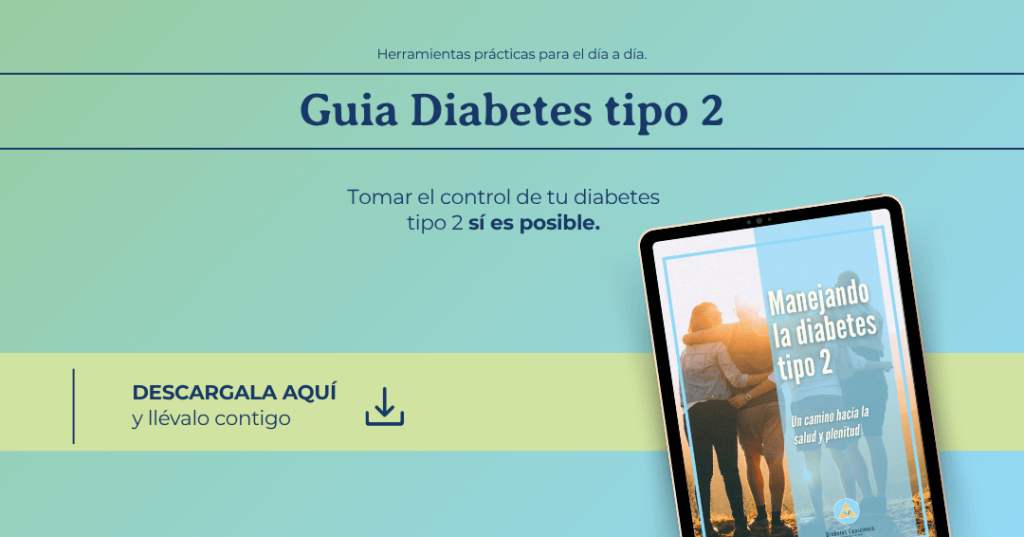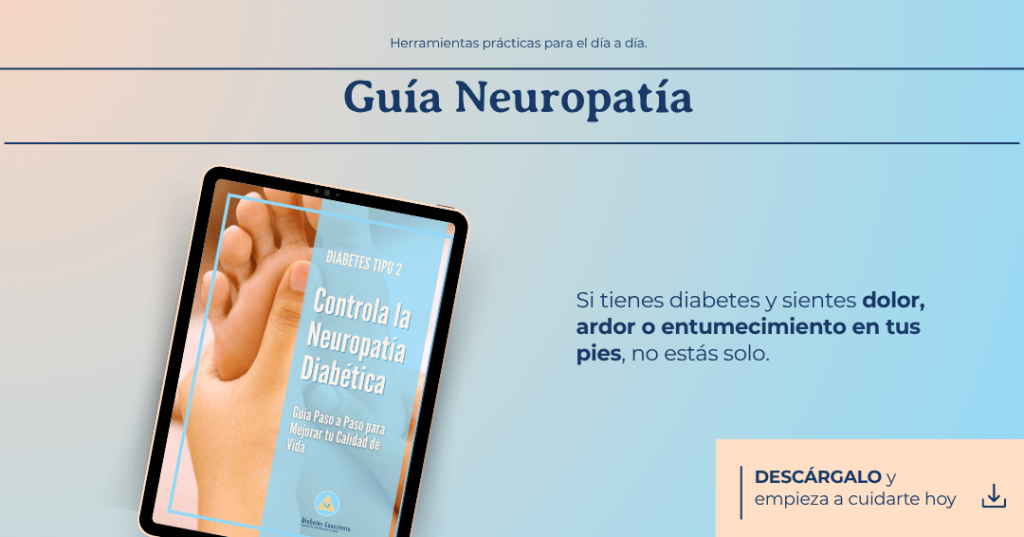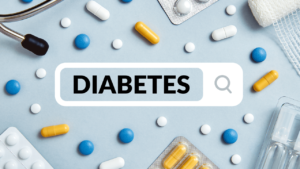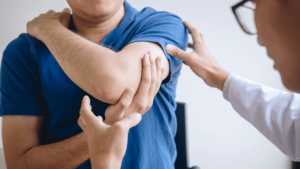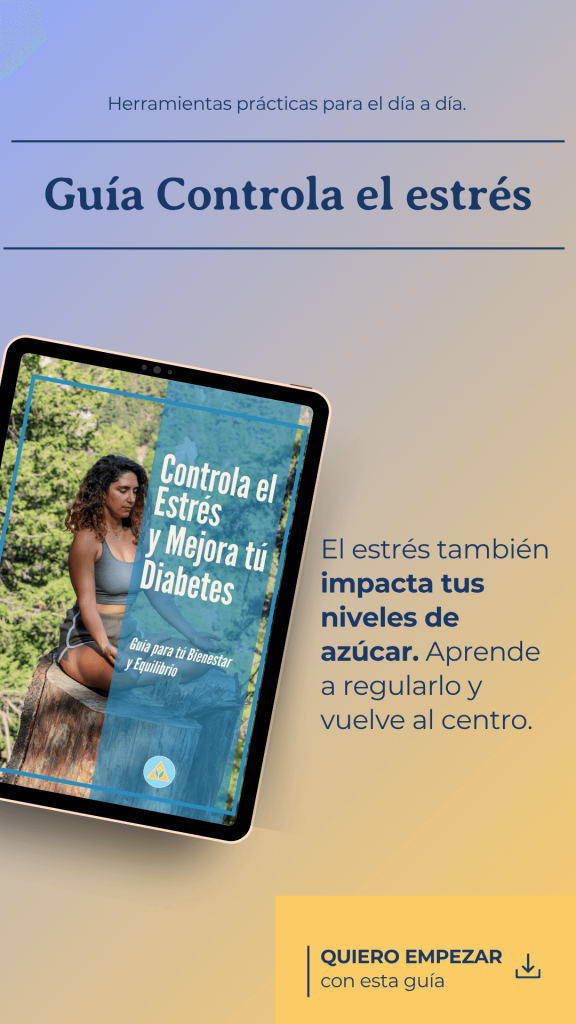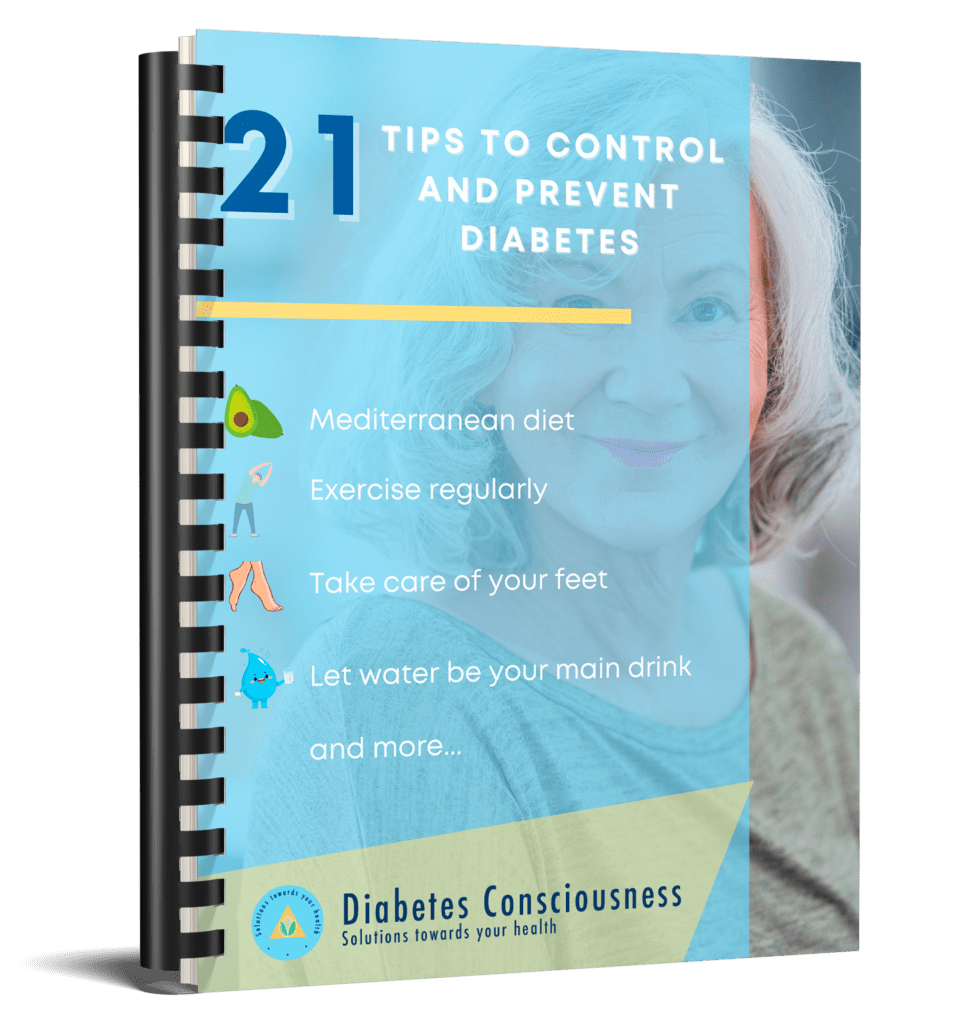
21 tips you should know to live a full and healthy life with diabetes.
Hi! We are Diabetes Consciousness; we are here to help you find solutions towards health.
We understand how important it is to know as soon as possible what is happening to your health or your loved ones, so if you are looking for help in detecting Diabetes early, be sure our team is here to help you.

In this video, you will learn how to spot early signs of Diabetes. Today we will tell you about 10 early warning signs; we’ll cover one by one as well some important facts related to the early diabetes diagnosis in any person of any age.
First of all, we must put one straight that the only way to diagnose Diabetes in all cases is through laboratory tests in blood and urine. Consequently, if the results show alterations and the diagnosis is confirmed, the patient must be aware that this health condition could have been present some time ago. Therefore the knowledge of early warning signs is the first and most essential tool for prompt detection of patients with Diabetes type 1 or type 2.
Here are the…
10 most frequent early signs to suspect Diabetes
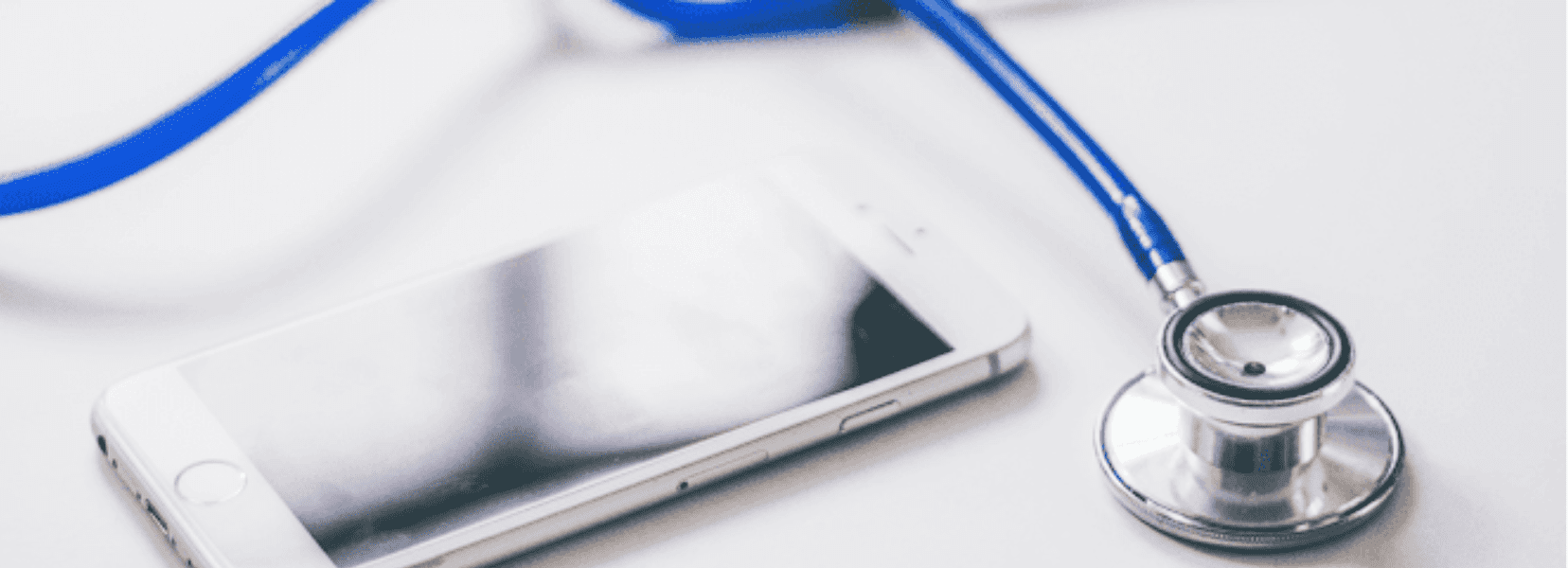
1. Weight outside the normal range in newborn children
Weights “above” or “below” established ranges as the standard for the population to which the newborns belong. Unfortunately, these infants have a 22% to 28% chance of having insulin disturbance as a cause of their altered weight and may then develop Diabetes.
2. Decreased cranial diameter in newborn boys
These newborns can show an alteration of the specialized cells of the pancreas, called Beta cells. Later in life, they manifest “Insulin Resistance” as an expression of this dysfunction.
3. Difficulty in weight control with a tendency to obesity in childhood
Every year, more children suffer from obesity due to poor nutrition, specifically in North America. However, most pediatric patients with excessive weight gain respond satisfactorily and sustainably to intervention. The patient who does not respond is usually a patient who has insulin disturbance, even before elevated blood glucose levels.
4. Metabolic Syndrome
Metabolic syndrome is a cluster of conditions that occur together, increasing the risk of heart disease, stroke, and type 2 diabetes.
In the preadolescent stage, the triad of obesity, hypertension, and unhealthy lipid levels (known as dyslipidemia), can present a 3.05% chance of being a diabetic patient in addition to blood microalbuminuria.
Microalbuminuria is a sign of kidney disease and means too much albumin in the urine. Albumin is a protein found in the blood. A healthy kidney doesn’t let albumin pass from the blood into the urine.
5. Childhood obesity itself
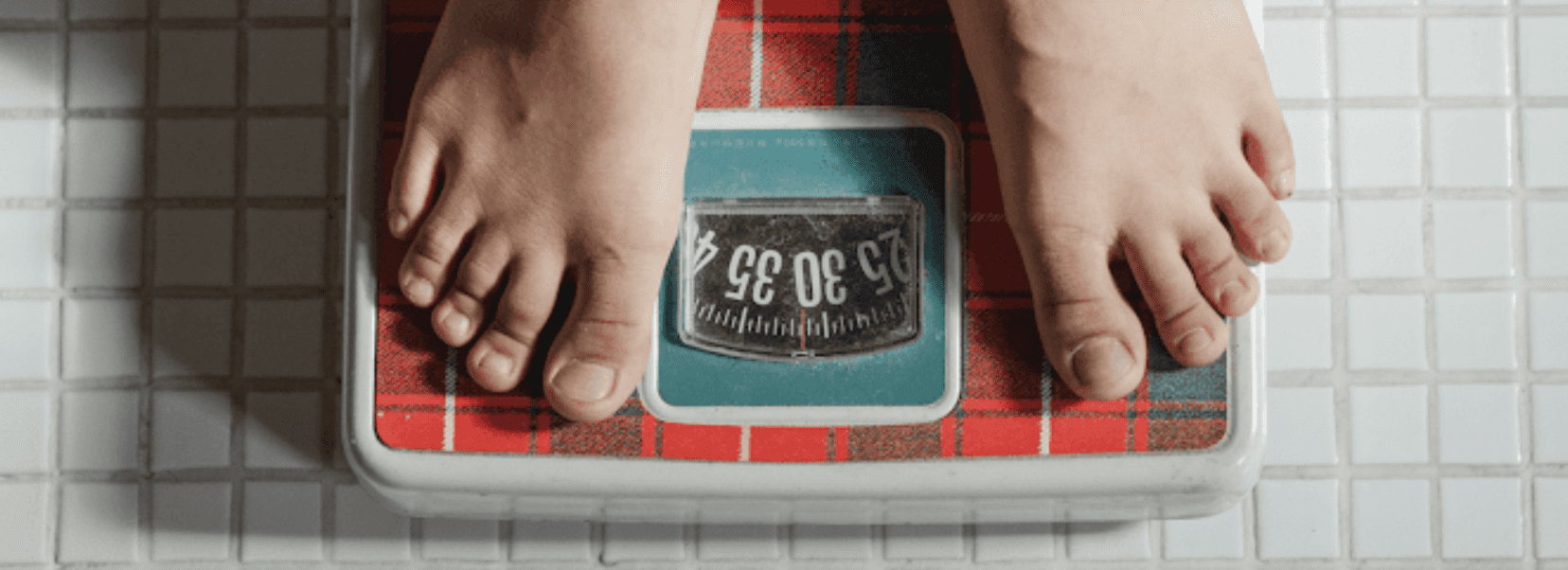
For some years previously, it was considered a resulting disease to Diabetes, nowadays is more characterized as an early sign of diabetic patients.
6. Polycystic ovary syndrome
It is the most frequent hormonal disorder in women of reproductive age, and so, between 31% and 35% of women who present it have Diabetes as well.
These patients may have serum glucose levels within normal limits, but a detailed analysis may demonstrate metabolic alterations that confirm the diagnosis of Diabetes type 2.
In addition, polycystic ovary syndrome is frequently associated with a third type of Diabetes called Gestational Diabetes.
7. Acanthosis nigricans
It consists of hyperpigmented spots that follow the course of the most important body folds, such as the nape of the neck, neck folds, armpits, inguinal region, and inner thighs. You can also locate them in rubbing areas, such as the axilla, nape of the neck, ulnar crease, groin, navel, elbows, and submammary fold.
90% of young diabetic patients present this kind of spots.
Acanthosis nigricans is a frequent reason for consultation for aesthetic reasons but rarely investigated as a symptom of Diabetes.
8. Subclinical metabolic alterations
Which are usually detected by serology (blood tests such as transient elevation of blood glucose, an increase of glycosylated hemoglobin).
9. Excessive urination
Clinically known as polyuria, It consists of frequent and abundant urination. It can be detected before severe organic damage happens given by the complications of Diabetes in the body.
10. Profuse thirst
It is a permanent thirst sensation without an obvious cause, such as exposure to heat, prolonged fasting, or moderate/ intensive exercise.

As a matter of fact, If we consider that approximately one-third of children and adolescents who have Diabetes are asymptomatic, this conducts us to search for these signs in at-risk populations actively.
In the American Diabetes Association Consensus on Diabetes T2 in Children and Adolescents, it was recommended that those with two or more risk factors, such as:
- 1st and 2nd-degree family history of Diabetes
- at-risk race/ethnicity background
- signs of insulin resistance
- or conditions associated with insulin resistance
Should be screened every 2 years, particularly starting at the age of ten or the onset of puberty. The test should include fasting blood glucose, two hours after an oral glucose overload, and random blood glucose lab tests.
As it happens, during puberty, there is a period of insulin resistance produced by the hormonal change of age; therefore, an adolescent with a predisposition to type 2 diabetes can manifest the disease.
Medicine has reported cases of Type 2 Diabetes in children under ten years of age, so studying the high-risk factors for this age group is recommended.
This evaluation should include other factors such as blood pressure, obesity, adipose tissue distribution, family history of 1st-degree Diabetes, socioeconomic status, presence of acanthosis nigricans, and polycystic ovary syndrome
If you want to know more about this topic, we invite you to visit our channel on Youtube. One of our videos is about Type 2 Diabetes Definition from where you can learn more in-depth about it.
We hope this information helps you find a solution path in your life.
We hope this information helps you find a solution path in your life.
Please support us! SUBSCRIBE to our Youtube channel follow us on Facebook and be part o our community.
If you want to know about a specific topic, or have any questions, leave us your COMMENT below.
Also, if this information is helpful to you, SHARE it with your friends.
You‘re the reason why we’re here!
Thank you!


